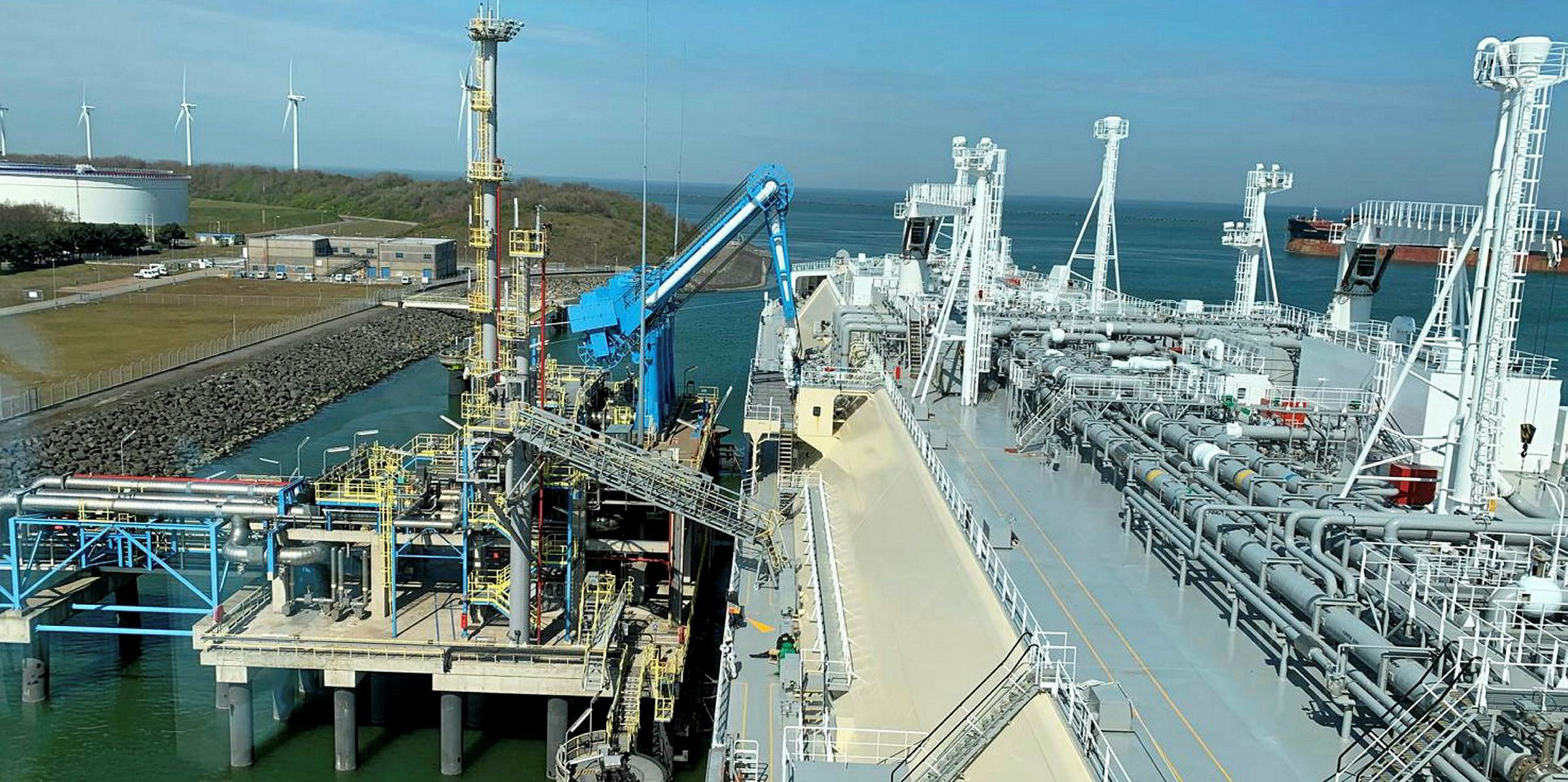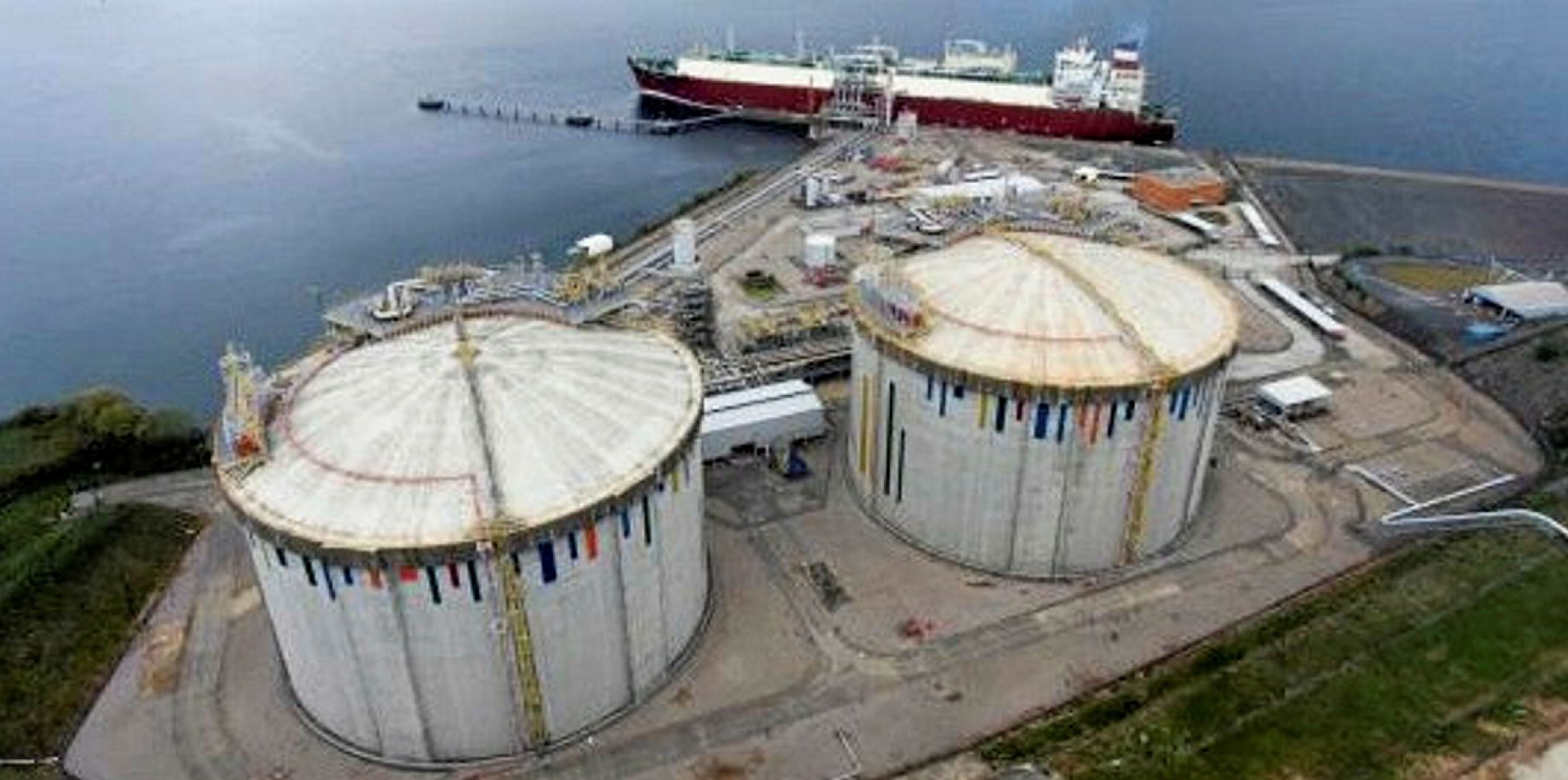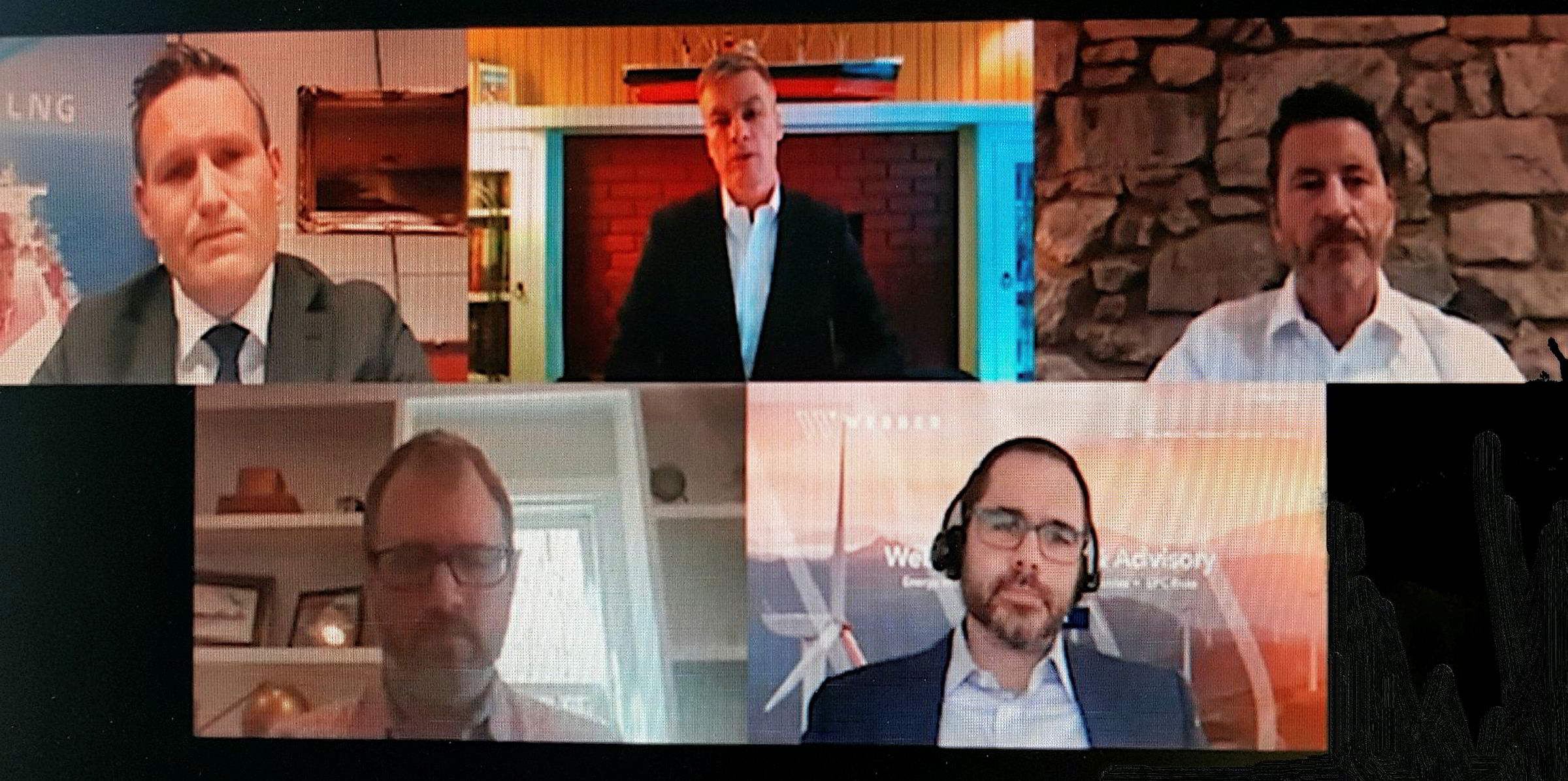Demand for LNG carriers to be used for floating storage may exceed expected seasonal levels in the coming months as onshore receiving terminals fill up and gas prices remain low.
Shipowners and brokers are highlighting the potential for vessels to be used as floating storage, as LNG supply continues to pour into a flooded market.
But while this will likely buoy current strong vessel utilisation, there are questions being raised as to whether it will translate into a corresponding rise in charter rates.
There are also concerns that low gas prices and the cost of freight may force cargo cancellations and production shut-ins, which will reduce shipping demand.
Fourth-quarter fixture
Floating storage for LNG has become an increasingly common fourth-quarter market phenomenon in the past few years, and has been growing with expanding trade volumes.
In October 2019 and in November 2018, there were more than 30 ships sitting idle with cargoes deemed floating storage, according to Fearnleys.
The numbers usually fall away in the first quarter, on the back of winter demand.
But this February, there were at least 25 ships that could be defined as being used for floating storage, with the numbers coming on the back of disruption to imports caused by the coronavirus outbreak and lower Asian demand due to a mild winter.
LNG floating storage — this can include ships idling or with no destination — gradually fell in March, but it has remained relatively high compared with that seen in the same month in previous years.
Affinity (Shipping) reported 14 vessels being used for storage at the start of this month, but indicated it could rise higher.
Invisible force
Several brokers highlighted a planned three-week shutdown of ports in India, Pakistan and Bangladesh as the most recent market disruption for LNG cargoes, although there have been mixed messages as to how effective the closures will be.
Annual maintenance — which is normally carried out in the second quarter — at LNG production plants is also being delayed due to issues relating to the outbreak, sending more supply onto the market.
Europe has been absorbing much of the excess, a record breaking 33m tonnes of LNG in March — up 10% year on year.
But broker and consultant Poten & Partners has warned that European LNG storage could be full by the middle of the year.
Market volatility
Kristen Holmquist, Poten's manager for short-term forecasting, said the LNG charter market remains “incredibly volatile”. She said LNG floating storage is expected to rise, sending charter rates higher, if cargoes continue to flood into the market.
But, she added, the situation could quickly reverse if producers decide to cancel cargoes or shut-in production.
Another LNG analyst said the market might see an episode of “defensive floating storage” of LNG in the coming months.
But he warned prevailing low gas prices are acting as an “invisible force” and that any attempt to raise charter rates on the back of a tightening shipping market will likely fail, as it will only make producers' decisions on supply cuts simpler.
Poten has forecast the market could see an excess of 19m tonnes of LNG this year on the demand fallout from the Covid-19 pandemic.








